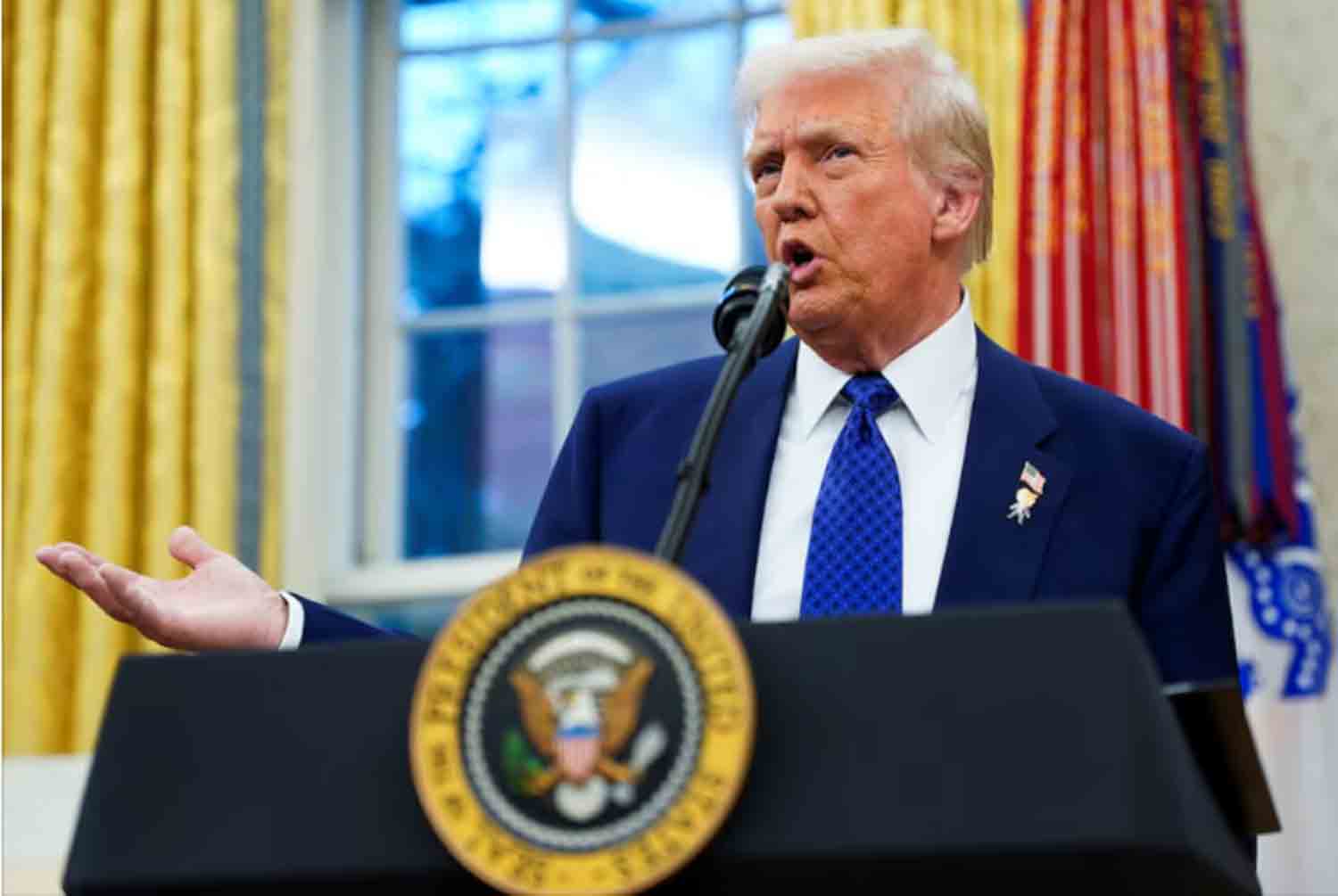Ukraine’s position in Russia’s Kursk region has significantly weakened, as the Russian offensive poses a serious threat to Kyiv’s only leverage in territorial negotiations at a critical juncture in the conflict.
Military analysts from both sides indicate that Ukraine is currently on the defensive, while the Ukrainian military reports that Russian troops utilized a gas pipeline to execute a surprise attack in one area. On Sunday, Russia’s defense ministry announced that its forces had seized control of four settlements within a matter of days.
Ukraine’s unexpected incursion into Kursk occurred in August, resulting in the rapid acquisition of territory, marking the first ground invasion of Russia by a foreign entity since World War II.
In addition to gaining land that could be exchanged for territories occupied by Russia, the operation aimed to redirect Moscow’s military resources away from the eastern front.
However, Ukraine has since faced challenges in maintaining its territorial gains in Kursk and is confronted with a significantly altered diplomatic landscape, as U.S. President Donald Trump has increased pressure on Kyiv to pursue peace by suspending military aid and intelligence support.
On Sunday, Russia’s defense ministry reported that its troops had regained control of the settlements of Malaya Loknya, Cherkasskoye Porechnoye, and Kositsa from Ukrainian forces.
Dmitry Medvedev, the former president of Russia and current deputy chairman of the Security Council, remarked on Sunday regarding the situation in Kursk, stating, “The lid of the smoking caldron is nearly shut. The offensive is ongoing. Keep pushing forward!”
Military analysts from both Ukraine and Russia caution that Kyiv’s control over the region is increasingly fragile, as Russian forces, supported by North Korean troops, launch relentless assaults.
Increased surveillance of gas pipelines
Recent reports indicate that Russia is focusing on Sudzha, a border town, in an effort to disrupt a vital supply line for Ukrainian forces operating in Kursk.
Ukrainian military blogger Yuriy Butusov reported that Russian troops had infiltrated Sudzha via a gas pipeline on Saturday.
“The Russians managed to deploy an assault company through the gas pipeline without detection by drones, embedding themselves within our combat formations,” Butusov noted. He mentioned that the pipeline is now under heightened surveillance and that Russian forces in the area are being “neutralized.”
Nevertheless, Butusov cautioned that Russian and North Korean troops in the Kursk region possess a “significant strength advantage” and are “launching continuous attacks.”
Approximately 12,000 North Korean soldiers have been sent to Kursk, enhancing Russia’s offensive capabilities within its territory. If Russia regains full control of Kursk, it could potentially redirect its forces into eastern Ukraine.
“It’s challenging, but we are making progress,” a Ukrainian serviceman told CNN. “The Koreans keep advancing.”
An unofficial Russian military blogger reported a similar situation in the town of Sudzha, asserting that approximately 100 Russian soldiers had entered the area by infiltrating through the pipeline. This maneuver, he noted, was facilitated by Kyiv’s decision to halt Russian gas exports to the European Union via Ukraine on January 1.
The Ukrainian military communicated via Telegram that Russian forces had established a “foothold” on the outskirts of Sudzha, stating: “Currently, we are identifying, blocking, and eliminating the Russian special forces. The enemy’s losses in the Sudzha region are substantial.”
Challenging logistics situation
According to Yuriy Kotenok, a Russian military blogger, Russian forces are launching attacks on Sudzha from multiple directions.
“Any movements by the enemy in this area are being monitored by our drones, and their personnel and equipment are being targeted,” he stated on Telegram.
Kotenok also mentioned that there are indications Ukraine may withdraw from the Kursk region, “given the current circumstances.”
Ukrainian blogger Sternenko described the logistics situation as “already critical.”
He highlighted another challenge: the “poor condition of the roads.” With the arrival of spring and rising temperatures, the ground will soften, leading to muddier roads that will be even more difficult to navigate. “All these factors are highly advantageous for the Russians,” he remarked.
Kyiv is concerned that Russia’s advances could sever supply lines to Ukrainian forces in Kursk. A significant report released last month by the Institute for the Study of War, a US-based conflict analysis organization, estimated that Ukraine has a maximum of 30,000 troops deployed in the area.
The incursion into Kursk has been a source of embarrassment for Moscow, raising doubts about its capability to secure its own borders. In response, Russian President Vladimir Putin has consistently vowed to restore full control over the region.
Kyiv has lost approximately half of the territory it previously held in Kursk.
In light of Russia’s progress, some Ukrainian commentators have proposed that the Kursk incursion may have exhausted its strategic significance.
“I never thought I would say this, but perhaps it’s time to reconsider our approach from the Kursk front. Our forces are facing significant challenges there,” remarked Serhii Flesh. “As a means to divert enemy resources, I believe this operation has already proven its worth. However, its value as a political leverage point is now uncertain.”
Discover more from Defence Talks | Defense News Hub, Military Updates, Security Insights
Subscribe to get the latest posts sent to your email.





